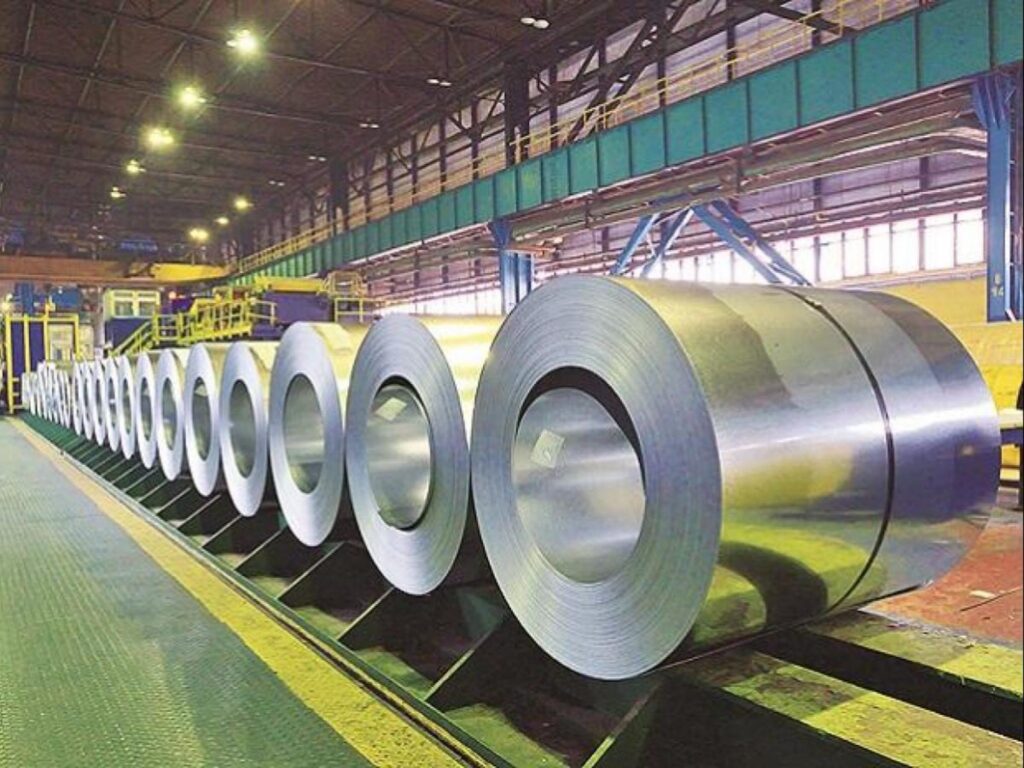Tata Steel is one of India’s premier steel companies, with a market capitalization of approximately $12.3 billion. With around 60% market share and 40 million tonnes capacity, it is the second-largest steel company in India. The group has 100 production plants spread across 24 countries.”
Tata steel share price determination
The Tata steel share price is determined through the process of option pricing. In order to determine the value of a security, you’d need to understand it’s derivative along with how that derivative is priced in the market. An option derives it’s value from an underlying asset, in this case, a share of Tata steel which can be purchased through an exchange or over the counter.
Call options are distinguished from put options in terms of their nature, both of which will trade on an exchange such as the NSE or BSE. In order to determine whether or not Tata Steel is undervalued or overvalued, you would need to know if it was trading at parity with its European Options curve, or if it was trading above/below it’s forward curve.
Each of these curves is determined by the market through the process of option pricing. In order to be able to determine whether Tata Steel’s share price is undervalued or overvalued, you would need to know how it’s various derivatives were priced in the market and how they were performing in relation to their European counterparts.
The Nifty is an index of Indian blue-chip companies that trade on the National Stock Exchange of India (NSE), it’s often referred to as “India’s Sensex.” It’s performance can be observed over numerous years and across financial markets. Since Tata Steel is also a blue chip stock, we will compare its performance with the Nifty and sensex over time.
Methods of Determining Share Price
1) Market Cap Ratio: Also known as the PE ratio. This is the average of market capitalization and the average price per share of that stock. It is a calculation that gives investors a sense of how expensive a company is.
2) P/E ratio: Also known as the P/E ratio, this is the difference between what a company earns per unit and what it bids for its own shares in the open market. It provides investors with an idea on how much money each share represents.
3) Earnings per share: The average amount of earnings that each share generates in one year. It determines the value of a stock through the balance sheet.
4) Net asset value: Calculation of the total worth of the assets, minus all forms of debt, divided by the number of outstanding shares. It is most useful for their liquidation value.
5) Book value or net worth: An estimate of a company’s total assets minus intangible and tangible liabilities, such as stocks and bonds, divided by shares outstanding. This method shows how much money has been invested in its business operations. With this information, investors can make better-informed decisions on what to invest in.
6) Salesforce: This method looks at how big a company’s market share is in the industry. The goal with this is to determine how much clients are willing to pay for that company’s products or services.
7) Profit margin: A comparison of net profit with all revenues generated from sales, before taxes and interest are paid. This method shows investors how efficient a company is in its spending and production.
8) Market sentiment: Also called the “Sentiment Index.” This is determined by market analysts and investors on what they perceive to be the best thing to invest in at that moment. This factor has been found to be the least reliable of all because it can change quickly.
9) Earnings/revenue growth: This is determined by the company’s revenue and earnings growth rate. A formula that compares the difference between this year’s revenue and last year’s revenue determines profit margins. Both ratios (revenue/earnings growth and earnings/revenue) determine the stock price increase or decrease.
9) Profitability: This method is basically a comparison of net income to sales revenues. The higher the number, the more profitable a company is. The lower, less so.
10) Liquidity: This method is a formula that compares how much cash the company is generating through its operations to net worth. The higher the number, the more liquid a company is. A low number means it’s not very liquid.
Financial statements: These statements help investors determine what they’re investing in by giving them details on a company’s financial standing and ability. They may include income statements, balance sheets, or cash flow statements.
Analysts: This group of professionals gives critiques and recommendations on different stocks or industries that have had proven feedback from clients. They may also provide you with their research of the market and provide useful advice for your portfolio management.
Conclusion
In retrospect, with the current economic crisis, stock market investors have come to rely more on the credibility of their analysts. They now view them as credible sources for financial information and information about the companies in which they invest.
